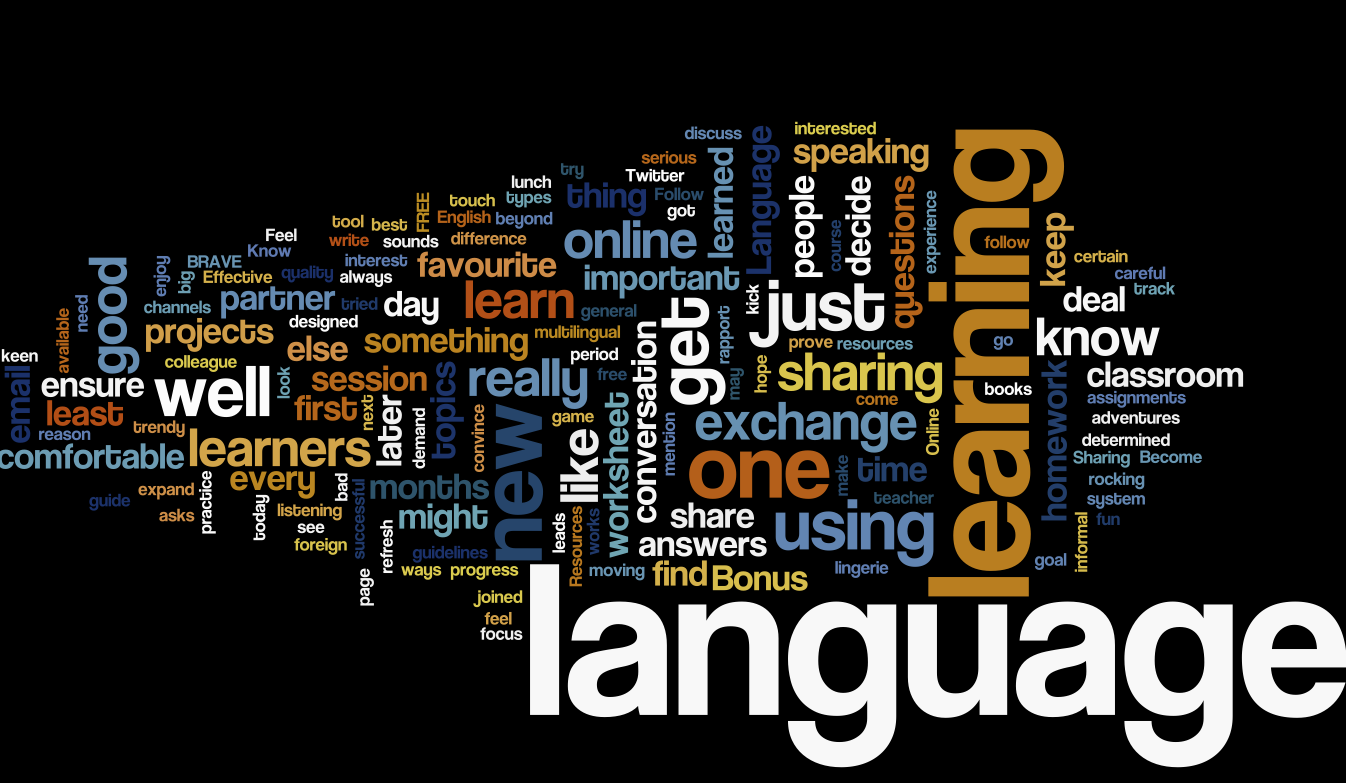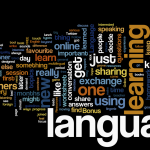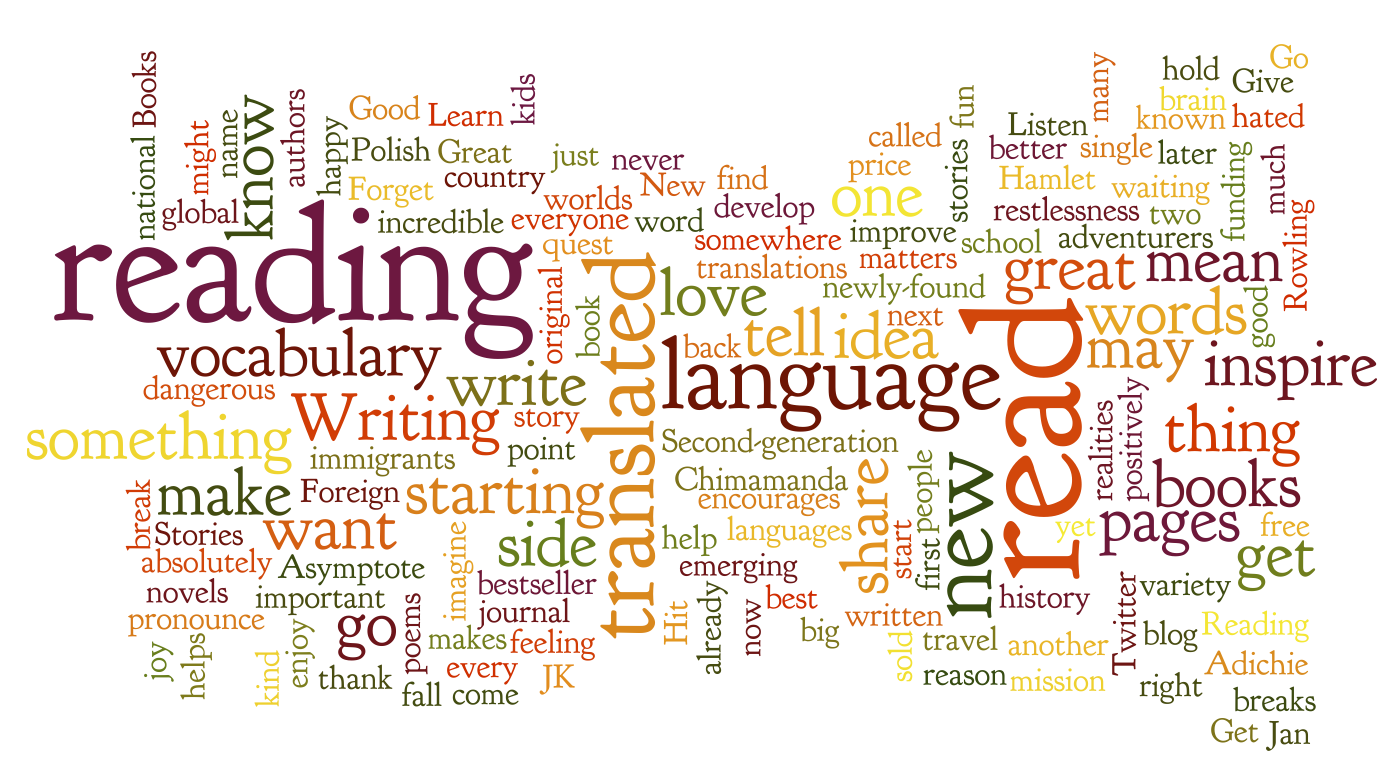
January is over, and so are many resolutions we made before it started. Fortunately, a lot of new habits are also formed (I’m lucky enough to see a few good changes happening around me, and to try them out myself). So what is it that really changes when we work on a habit? And should we really try to coach, develop or focus on just one habit at once?
1. The power of focus – why life coaching focuses on a single task
This should be good advice, and yet often you and I forget that: don’t try to change the whole world at once. Focus on one positive change and on what it means to you. That way, you will find out the goal you’re aiming for – and the best way to reach it. And that way, you’ll only have to worry about one thing. The question on my mind when I’m working on something these days is “will this get me closer to my dream for 2015?” – and if the answer is “no,” then I think twice about how busy I want to be when doing it. One goal, one vision, one focus. Leo Babauta can teach you more about this than I ever will, and I’m grateful I found him online.
However…
2. The power of “ecology” in life coach work – what is around your goal?
Focusing on just one thing should be easy. But it’s not. There is never “just one thing” for 99% of us, 99% of the time. Example: you want to quit smoking, that’s your goal. Great. But the side effects are: cravings, weight control, anger management, and the whole environment around your former bad habit. You can read more on why this matters – and how what’s around you can affect what you do.
For now, let’s agree on one thing: whether you work with a life coach or you do it alone, there’s never just one habit you will deal with – never just one change. Everything you do will affect somebody, make a part of your life different. That is how you can decide if a goal is worth pursuing, and good coaching will check the “ecology” of your goal: are you doing more good than harm?
3. The ecology of habits: what else are you changing by making just one change?
Your habit of staying away from smoking connects with your habit of drinking more water.
Your quest to speak more Spanish leads to an unexpected mission of becoming more outgoing and networking with a purpose.
By deciding to stick to a budget, you pick up an Excel-learning odyssey (without much choice but with surprising amount of joy).
There are many changes you make, every time you make just one change.
I prepared a worksheet for you on the BRAVE Academy. it deals with just that: imagining and describing a range of habits and changes. If you’re a member of the Academy, download it now – if you’re not, the best way to become one is to start your coaching today!
Wiktor (Vic) Kostrzewski (MA, DELTA) is an author, translator, editor and project manage based in London. When he works, he thinks about languages, education, books, EdTech and teachers. When he doesn’t work, he probably trains for his next triathlon or drinks his next coffee.
BRAVE Learning (formerly known as 16 Kinds) is a lifelong learning and productivity blog. If you enjoy these posts, please check out one of my books and courses.
My recent publications, and my archive, is now all available on my new project: PUNK LEARNING. Hope to see you there!











